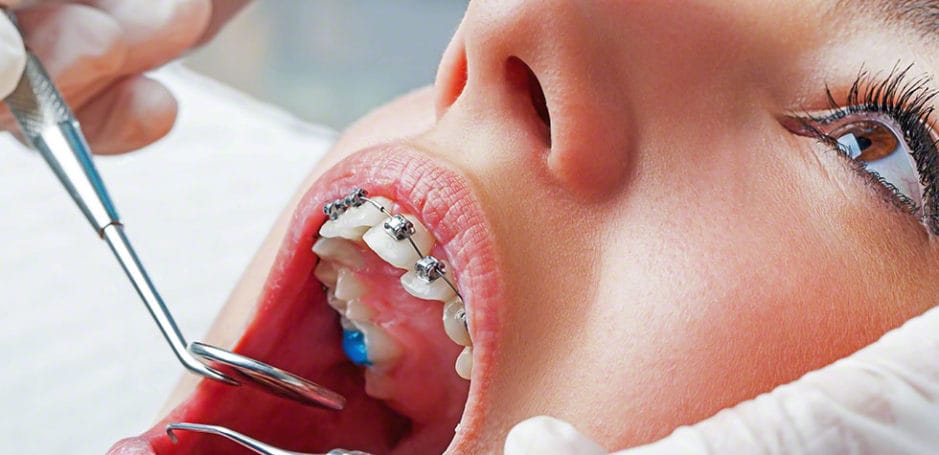Orthopedic health plays a vital role in maintaining overall well-being and mobility. Strong bones and joints are essential for performing daily activities, participating in physical exercise, and preventing injuries. In this article, we will explore the lifestyle factors that contribute to orthopedic health and wellness, saving you trips to the clinic and orthopedic surgeons.
Importance of Orthopedic Health
Orthopedic health encompasses the health and functionality of the musculoskeletal system, including bones, joints, muscles, ligaments, and tendons. A healthy musculoskeletal system is essential for maintaining balance, stability, and mobility, as well as supporting the body’s weight and absorbing impact during physical activities. Poor orthopedic health can lead to conditions such as osteoporosis, osteoarthritis, fractures, and chronic pain, which can significantly impact quality of life.
Nutrition for Bone Health
A balanced diet rich in essential nutrients is crucial for maintaining strong bones and preventing bone-related conditions such as osteoporosis. Calcium and vitamin D are particularly important for bone health, as calcium helps build and maintain bone density, while vitamin D aids in calcium absorption. Foods such as dairy products, leafy green vegetables, fortified cereals, and fatty fish are excellent sources of calcium and vitamin D. Additionally, incorporating foods rich in magnesium, phosphorus, and vitamin K can further support bone health.
Regular Exercise and Physical Activity
Physical activity is essential for maintaining healthy bones, joints, and muscles. Weight-bearing exercises, such as walking, jogging, dancing, and strength training, help build bone density and strengthen muscles, reducing the risk of osteoporosis and fractures. Low-impact activities such as swimming, cycling, and yoga are also beneficial for improving flexibility, balance, and joint mobility. Aim for at least 150 minutes of moderate-intensity exercise or 75 minutes of vigorous-intensity exercise each week, along with muscle-strengthening activities on two or more days per week.
Proper Posture and Body Mechanics
Practicing good posture and body mechanics can help prevent orthopedic issues such as back pain, neck strain, and joint discomfort. Maintain a neutral spine alignment while sitting, standing, and walking, with shoulders relaxed, chest lifted, and chin parallel to the ground. Use ergonomic furniture and equipment to support proper body alignment and reduce strain on the spine and joints. When lifting or carrying heavy objects, bend at the knees and hips, keep the object close to your body, and avoid twisting or bending awkwardly.
Weight Management
Maintaining a healthy weight is important for reducing stress on the bones and joints and preventing orthopedic conditions such as osteoarthritis and hand injury. Excess body weight can increase the risk of joint wear and tear, leading to inflammation, pain, and decreased mobility. Aim to achieve and maintain a healthy body weight through a combination of balanced nutrition, regular exercise, and lifestyle modifications. Consult with a healthcare provider or registered dietitian for personalized guidance on weight management strategies.
Injury Prevention
Preventing injuries is key to maintaining orthopedic health and preserving mobility. Wear appropriate protective gear during sports and physical activities to reduce the risk of fractures, sprains, and strains. Warm up before exercise with dynamic stretches and exercises to increase blood flow and flexibility in the muscles and joints. Avoid overtraining and excessive strain on the musculoskeletal system by incorporating rest days into your exercise routine and gradually increasing intensity and duration over time.
Bone Density Testing and Screening
Regular bone density testing and screening can help detect early signs of osteoporosis and other bone-related conditions, allowing for timely intervention and management. Women over the age of 65 and men over the age of 70 should undergo bone density testing, while younger individuals with risk factors such as family history, low body weight, or certain medical conditions may benefit from earlier screening. Talk to your healthcare provider about bone density testing recommendations based on your age, gender, and individual risk factors.
Hydration and Bone Health
Discuss the importance of hydration for maintaining bone health and supporting overall musculoskeletal function. Adequate hydration is essential for transporting nutrients to the bones and joints, lubricating cartilage, and supporting cellular metabolism. Encourage readers to drink plenty of water throughout the day and limit intake of sugary beverages and caffeinated drinks, which can dehydrate the body and affect bone density. Highlight the role of hydration in preventing conditions such as stress fractures and promoting optimal recovery after exercise or injury. This is what every back pain specialist Woodbridge will also tell you.
Stress Management and Orthopedic Health
Explore the relationship between stress and orthopedic health, emphasizing the impact of chronic stress on muscle tension, joint inflammation, and pain perception. Chronic stress can contribute to musculoskeletal issues such as tension headaches, temporomandibular joint (TMJ) disorders, and fibromyalgia, exacerbating existing orthopedic conditions and impairing recovery. Provide strategies for managing stress effectively, such as mindfulness meditation, deep breathing exercises, yoga, and relaxation techniques, to promote relaxation, reduce muscle tension, and improve overall orthopedic well-being.
Sleep Quality and Bone Regeneration
Examine the importance of sleep quality and duration for bone regeneration and musculoskeletal repair. During sleep, the body undergoes crucial processes such as tissue repair, hormone regulation, and growth hormone release, which are essential for maintaining bone density and supporting bone remodeling. Poor sleep quality or insufficient sleep duration can impair these processes, leading to reduced bone formation, increased bone resorption, and compromised orthopedic health. Offer practical tips for improving sleep hygiene, such as establishing a regular sleep schedule, creating a comfortable sleep environment, and avoiding stimulants before bedtime, to promote restorative sleep and optimize bone health.
Environmental Factors and Orthopedic Health
Discuss the impact of environmental factors such as air pollution, chemical exposure, and occupational hazards on orthopedic health and wellness. Exposure to environmental pollutants and toxins can contribute to inflammation, oxidative stress, and musculoskeletal disorders, increasing the risk of conditions such as rheumatoid arthritis, tendonitis, and carpal tunnel syndrome. Advocate for environmental awareness and advocacy efforts to promote clean air, safe workplaces, and sustainable practices that support orthopedic health and minimize the risk of environmental-related orthopedic issues.
Holistic Approaches to Orthopedic Care
Explore holistic approaches to orthopedic care that integrate conventional medical treatments with complementary therapies and alternative modalities. Examples include acupuncture, chiropractic care, massage therapy, physical therapy, and herbal supplements, which can complement traditional orthopedic interventions by addressing underlying imbalances, promoting healing, and enhancing overall well-being. Highlight the potential benefits of a multidisciplinary approach to orthopedic care, where healthcare providers collaborate to develop individualized treatment plans that address the physical, emotional, and spiritual aspects of orthopedic health.
Orthopedic Health Across the Lifespan
Examine orthopedic health considerations at different stages of life, from childhood and adolescence to adulthood and older adulthood. Discuss age-specific risk factors, preventive measures, and interventions for maintaining orthopedic health and minimizing the risk of age-related musculoskeletal conditions. Provide age-appropriate recommendations for promoting bone development in children and adolescents, supporting bone maintenance in adults, and preventing falls and fractures in older adults, to empower individuals to take proactive steps towards lifelong orthopedic wellness.
Conclusion
Maintaining orthopedic health and wellness is essential for preserving mobility, independence, and overall quality of life. By adopting healthy lifestyle habits such as proper nutrition, regular exercise, good posture, weight management, injury prevention, and bone density screening, individuals can support the health and functionality of their bones and joints throughout life. Consult with a healthcare provider or pain management clinics Woodbridge for personalized guidance and recommendations tailored to your individual needs and goals. With proactive care and attention, you can enjoy strong bones, flexible joints, and optimal orthopedic health for years to come.



